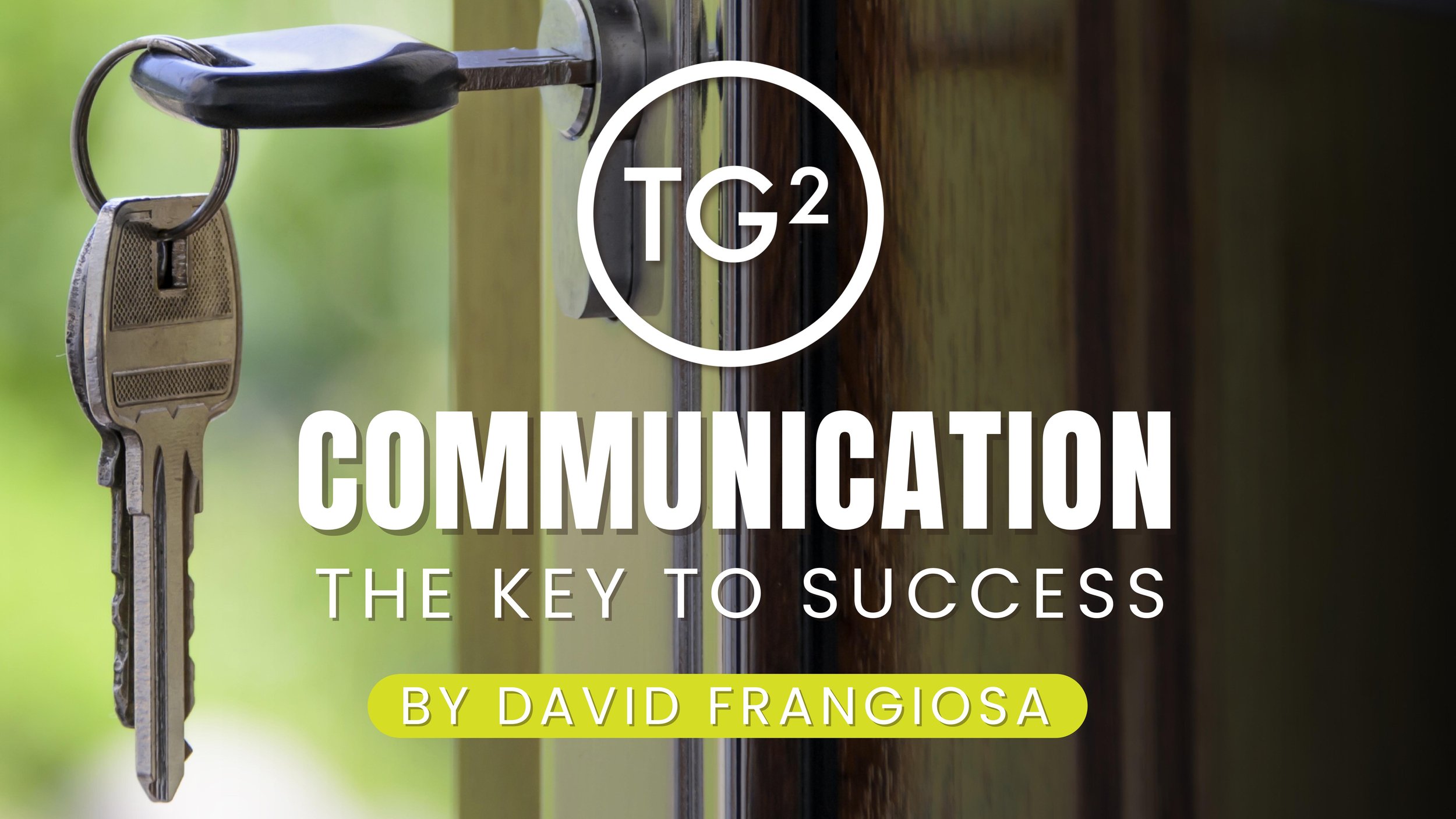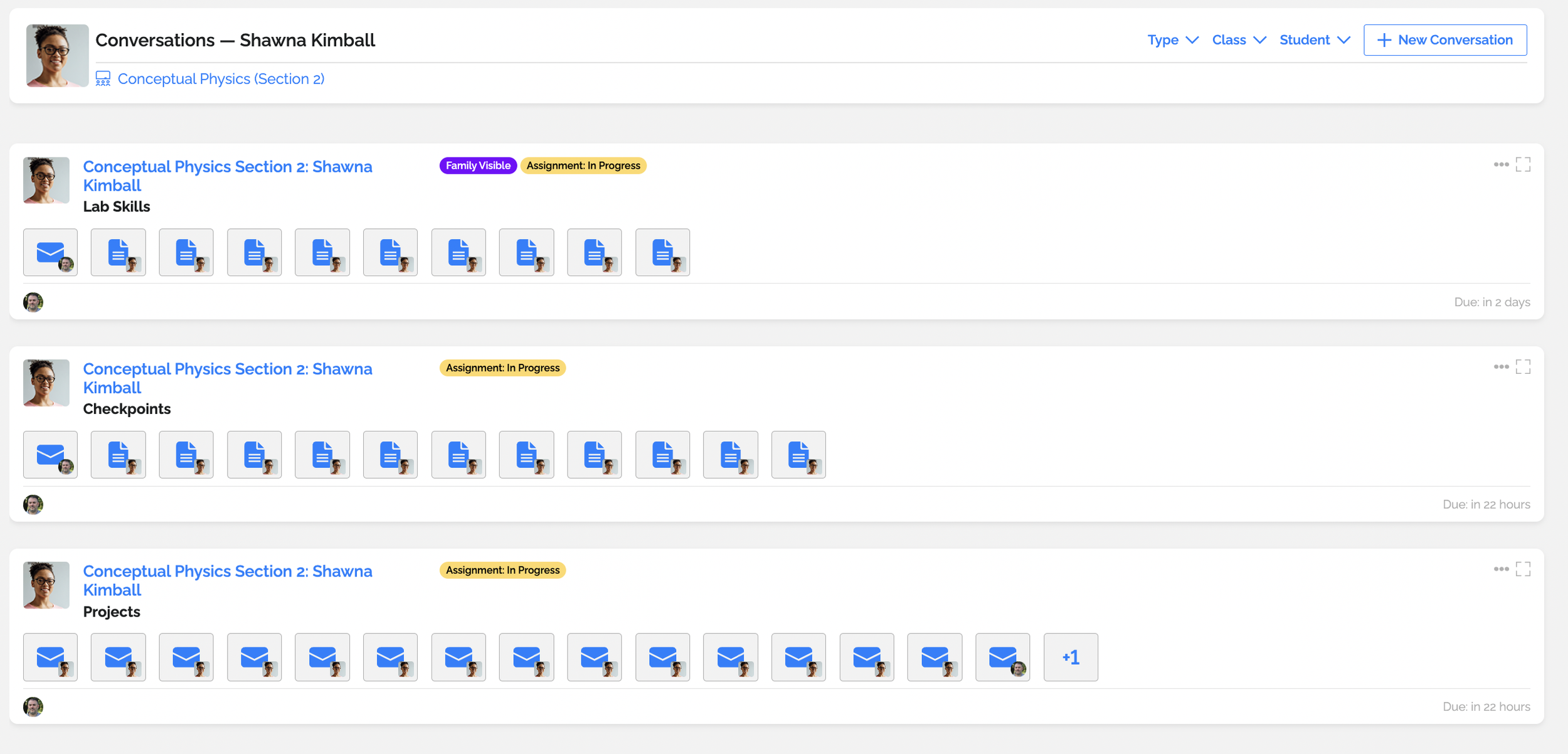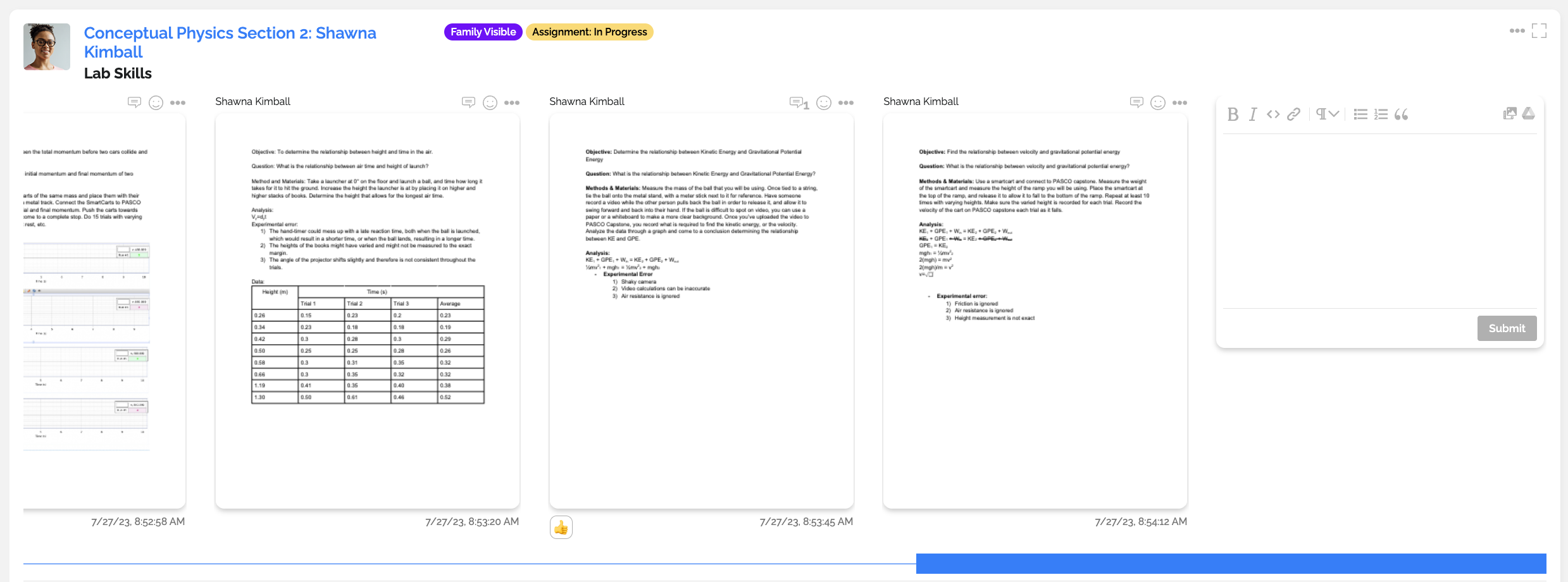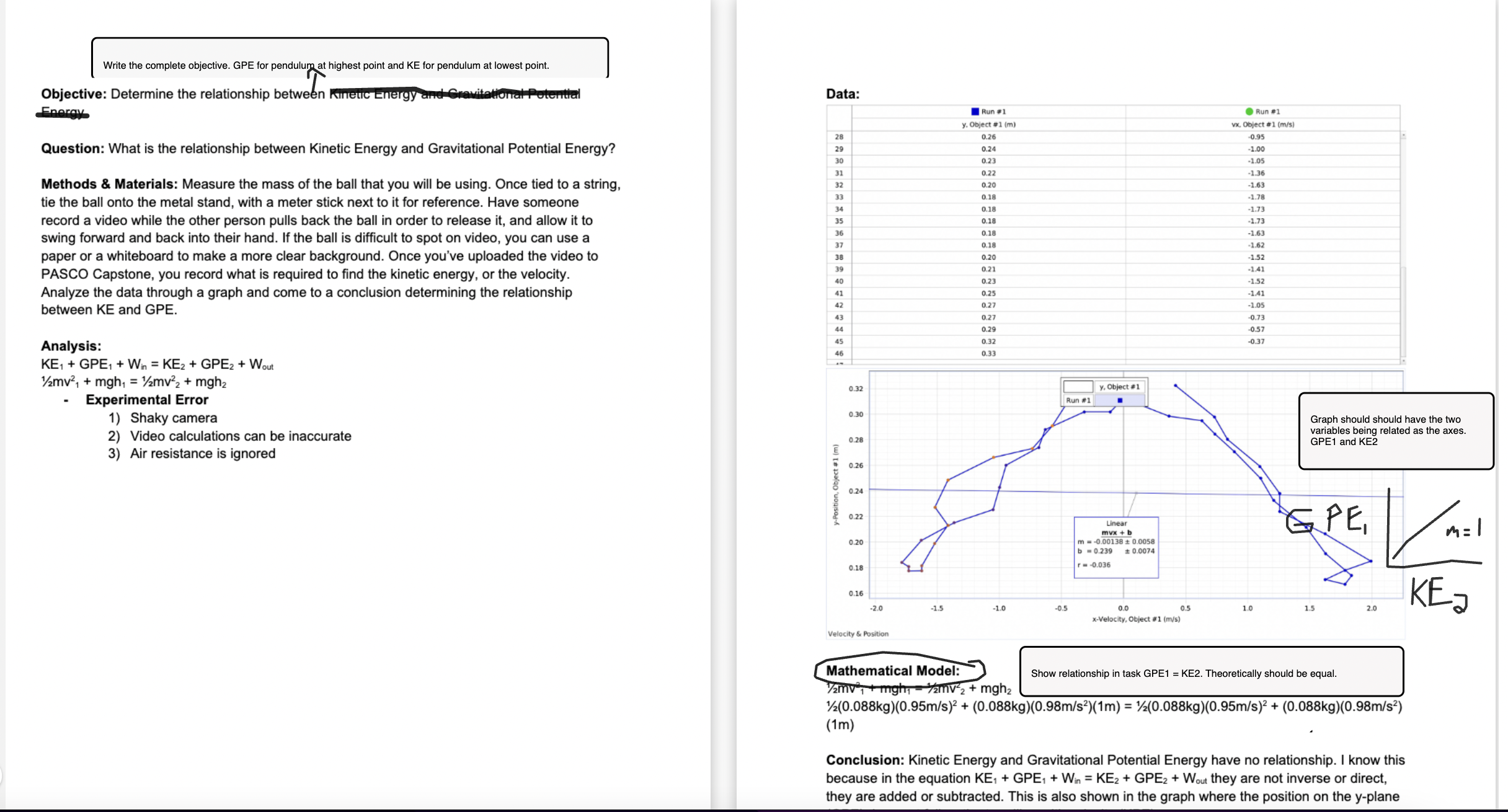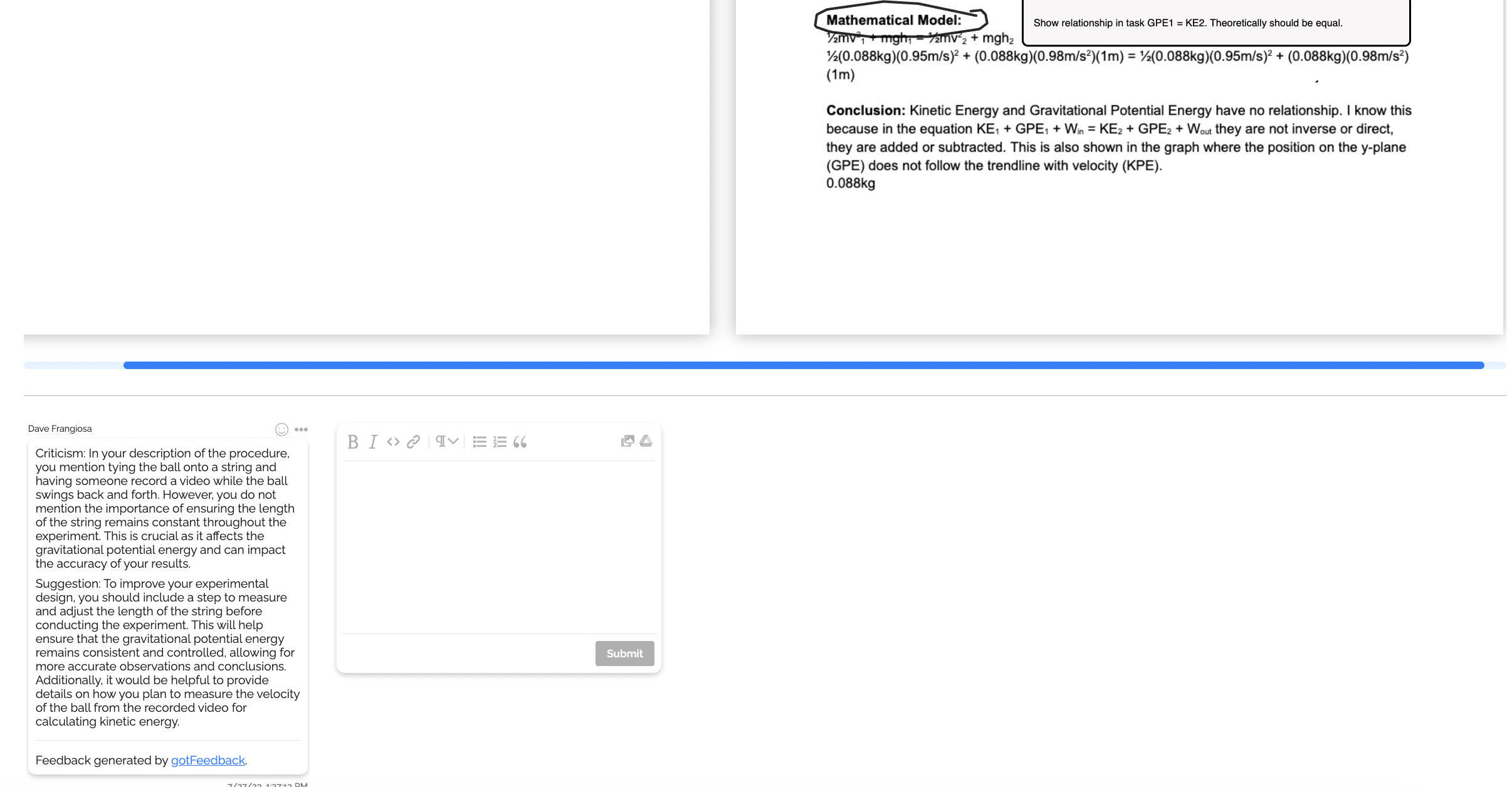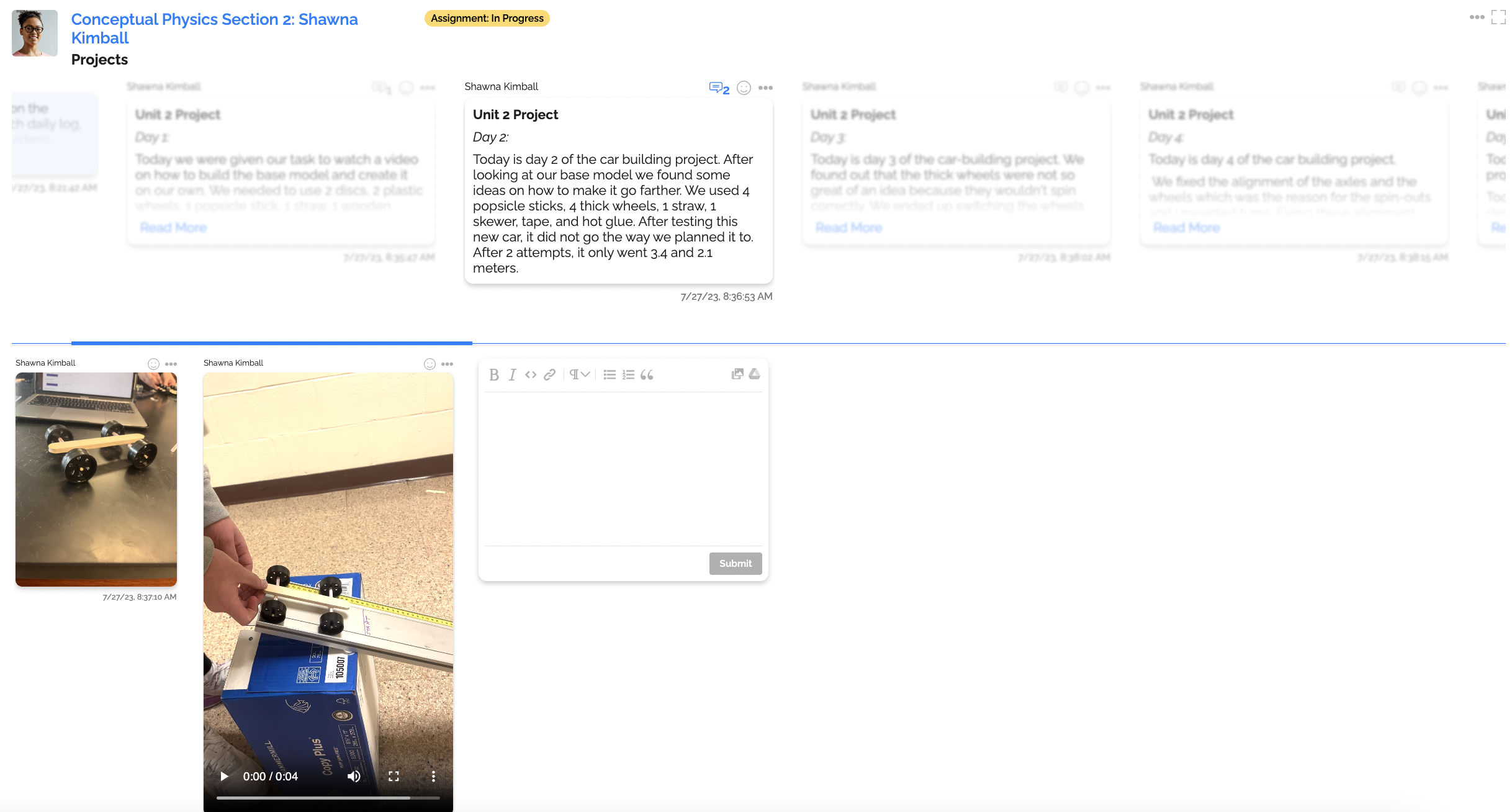Communication: The Key to Success
Regardless of whether we care about grades, they are still an obstacle we must address.
Education is a partnership. It’s a partnership that has many interested parties. Students, teachers, parents, counselors, and administrators all require information. However, the frequency and detail of that information varies greatly depending on many factors such as age of the student, student needs, or time of year to name a few. Everyone involved has a common interest: knowing where the student is at this particular time and identifying specific next steps. The illusion of transparency in a traditionally graded classroom allows this to be done with a simple letter. For those of us moving to more progressive approaches to assessment and grading, there is an increased burden.
What we are doing is unfamiliar to most and requires a proactive and open line of correspondence. The biggest fear I’ve encountered is uncertainty about the final grade. Regardless of whether we care about grades, they are still an obstacle we must address. While it is of the utmost importance that we have instruction and assessment practices that are accessible and equitable, it is equally important to convey these approaches in a way that is easily understood by all interested parties.
I break my approach into three categories: start of the year, ongoing communication, and a system for transparency.
Start of the Year
The start of the year is a crucial time. How it’s handled can determine the buy-in you get. Addressing concerns before they arise builds confidence and trust. My first correspondence is a welcome letter prior to the start of the school year. I do this because I found that I get more people reading my emails at this time. It could be that they have not been inundated with other emails, or the anticipation of a new year that leads them to open any correspondence coming from school. Regardless of the reason, this timing has proven to be most beneficial for me.
As for the contents of the welcome letter, I keep it brief but informative. The most important question to answer is “How do I know how I’m (my child is) doing?” Start with a quick explanation of what prompted this shift and how it has benefited students, but don’t get bogged down too much in the why of your approach. Those conversations can happen at a different time. Making clear that the grade is not the focus of the course, detail how the grade will be determined. Everyone wants to be assured that we are not randomly assigning a final grade based on how we feel. No one wants to be surprised. I include links to my minimum course requirements, learning progressions, and a more detailed explanation of the how and why. The comfort of knowing that information is publicly posted and accessible whenever they want to refer to it eases many concerns. As I discuss later, there is still a need for ongoing communication.
Another important step is to inform the counselors of what to expect from your course. They are usually the first to deal with concerns. Having them aware of what you’re doing and being able to communicate the basics further instills confidence and improves communication for everyone involved. The first year I moved away from traditional grades I went to the guidance department and showed the counselors where to find the information they were looking for and how to interpret it. I gave them a printed copy of a reference sheet. Now that I’ve been using the same approach for a few years, I just give them an update of any changes that were made to the system. This minor addition has paid huge dividends.
Change is hard. Not because people think change is unnecessary, but because they are unsure what change will bring.
Ongoing Communication
Surprise is the enemy of progress. Change is hard. Not because people think change is unnecessary, but because they are unsure what change will bring. Everyone is familiar with the traditional A-F system and most are comfortable with gauging progress by looking at those letters. As we shift away from grades, we have to make sure there are no surprises throughout the school year.
One of the ways I accomplish this is through unit progress reports. Most Student Information Systems (SIS) have a bulk email feature. In the SIS I use, I can generate an email that contains a snapshot of my gradebook as a progress report. After the first unit, I generate these progress reports and send them to students and parents. In the body of the email is another brief explanation of what was sent in the welcome letter. Also included is the targeted level of development (use whatever language you use to communicate) for each progression and an SIS generated progress report that shows where the student currently is in each progression. I repeat this after the second unit. The body of the email is slightly different. I highlight which targets are advancing and where they can find that information moving forward. After addressing any concerns generated by these first two emails, most people feel comfortable finding the information that they are seeking.
Another practice that I find helpful is sending a pre-grade correspondence. Roughly a week prior to any official report card, I send an email that explains how to interpret the grade and what it means moving forward. This is more for caregivers because I already do grading conferences with my students well in advance of any official report. My goal is for the report card to be confirmation of what they already know. I also make it very clear that—if I see any major change after this report—I put the onus on myself to communicate that as soon as possible.
While it may seem like this is adding additional work to our plates, using the features of the SIS makes it fairly streamlined. I have templates of all of the different emails I send. I update the information, copy and paste, and then send it off to each class. The whole process takes minutes once you have the initial templates, and that time has led to few inquiries about how students are doing, which itself is another huge time saver.
Systems for Transparency
Just as important as communicating what is happening in the classroom is the system used to collect learning evidence and provide ongoing feedback. Whether it’s Google Docs, an LMS, or another method of interacting with students, the feedback you provide should be clear and easily accessible. Students should know what is being assessed and how it is being assessed. There are tools within the LMS platforms that facilitate this, however, I find gotLearning to be a valuable supplement to my LMS.
Ungrading requires trust. That trust is built through clear expectations, consistency, and communication.
All feedback in my course is in relation to 10 learning progressions, which are assessed in 3 different areas of the course. gotLearning allows me to set up longitudinal conversations for each of these areas that allow me and the student to input various types of submissions (live Google Docs, files, audio, video, links, scans) and track student progress. Having a digital record of all of the learning evidence in one spot has been extremely helpful during student conferencing.
Within each of these conversations, I can interact with students in a variety of ways: I can annotate their submissions and provide feedback directly on the document, start a parallel conversation that they can use for supporting documentation or a running conversation about the artifact, or I can use the integrated AI feedback tool to provide feedback based on custom prompts I generated from my learning progressions. You can see some examples of this in the photos below. (These are from a demo course I generated. The artifacts are anonymized, and that is not a real student.)
Within each of these conversations, there is a family share feature. This allows anyone who is linked to the student’s account to view the conversations. They can see the full submission with the corresponding notes and how the student responded with edits or in future submissions. It is fully transparent what was assessed, how it was assessed, and how the student responded.
Final Thoughts
Ungrading requires trust. That trust is built through clear expectations, consistency, and communication. When I started this journey, I was so focused on the first two that I wasn’t a great communicator. I attribute some of my earlier challenges to this fact. There were some parents who were rightfully upset. They prided themselves on being involved (not overbearing) in their child’s life and—had they known earlier that their child wasn’t meeting their expectations—they would have assisted. My first internal reaction was to get defensive and think about all of the information I had posted publicly. However, after stepping back and thinking about it, I realized: this was something I had thought a great deal about and something very new to them. I realized I needed to be more transparent. Now, communication is the key to the success I’m seeing in the classroom.
David Frangiosa is a high school science teacher from Northern NJ and the co-author of Going Gradeless: Shifting the Focus to Student Learning, Corwin Press. Over the past six years, he has been performing action research on grade reform and the impact of various instructional approaches. He is a contributor to SchoolRubric.com and TeachBetter.com. You can find more of his work at www.reimaginedschools.com.

